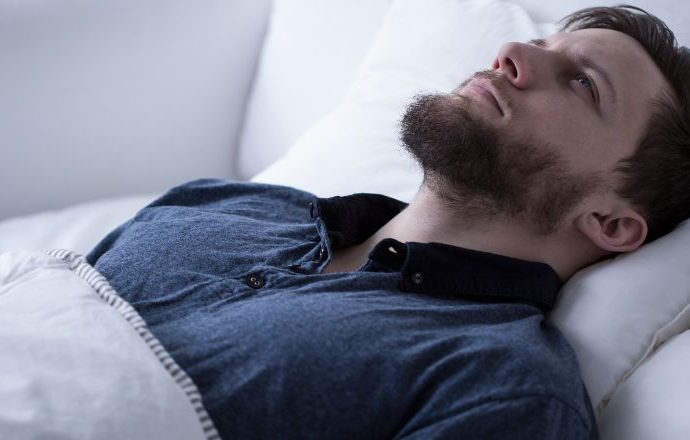Most of us have a preferred sleeping position that we use to fall asleep, but this may vary throughout the night. But have you ever considered the potential health effects of your sleeping position?
This blog clarified which sleeping positions are suitable for you and which are not. To find out if your sleeping position is beneficial to you, continue reading.
Understanding The Types Of Sleeping Positions
After a hard day at work or at home, you undoubtedly look forward to getting into bed, just like most people do. Your body and mind require sleep in order to survive and operate. How do you typically lay down when you go to bed? Do you end up on your side after beginning on your back? Or do you prefer to sleep with your face in the pillow belly? You can sleep in a variety of positions, but did you know that each one affects your body differently? Some aspects of your health are significantly impacted by the way you sleep.
Side sleeping, back sleeping, Fetal, and stomach sleeping are the primary sleeping postures. It’s imperative to understand how your sleeping position impacts your body and health, even if you may feel more at ease in one position than the others.
- Stomach Position
Your head is elevated on the pillow while you sleep in this posture, which makes it harder for your spine to remain neutral. Because your middle body, which is the heaviest region of your body, forms an overarching spine, it also puts strain on your neck and back. You can eventually develop discomfort and nerve problems that cause tingling or severe numbness. Moreover, if you sleep on your stomach and tilt your head to one side, your airway will narrow and your blood flow will be restricted. - Back position
Back sleepers benefit from a variety of health advantages, including as better spinal alignment, reduced neck pain, heartburn and allergy relief, and wrinkle prevention. Back sleeping has been connected to aggravating snoring and sleep apnea, so if you’re prone to snoring, this posture might not be for you. Try sleeping with a pillow beneath your knees or lower back, or prop yourself up on your pillows a little to make back sleeping more comfortable for you. - Side position
The healthiest way to sleep is on your side, particularly if you sleep on your left side. In addition to being excellent for digestion and maybe lowering heartburn, it can also help lessen snoring. Sleeping on the side with a pillow between the knees can be advantageous for people with larger hips. By assisting with hip alignment, this position lessens the strain on the lower back and hip joints. The ideal sleeping position may not always be on one side. Some adverse effects include jaw and shoulder stiffness, among others. You can improve your hip and lower back alignment by placing a pillow between your legs. - Fetal position
It is not recommended even though it seems like a comfortable side posture. Because it restricts space for the diaphragm, which leads to limited breathing, the curvature this posture creates in the spine can cause pain and strain throughout the body, particularly in the neck and back, if you are tightly curled while sleeping.
How Does Sleeping Positions Affect Sleep Quality?
There are four primary ways that people typically sleep: lateral (on the left or right side), prone (on the stomach), Fetal (curvature position)or supine (on the back). Every position may also have variations. For instance, if you sleep on your side, you might like the Fetal position, which involves pulling your knees up to your chest. As a front sleeper, you might want to have your limbs spread out like a starfish, and if you sleep on your back, you might like to have your hands at your sides or on your chest.
The majority of us shift positions several times during the night before returning to our starting positions. Regardless of your preference, you should think about how it’s impacting the quality of your sleep. Your mental health is directly impacted by the quality of your sleep. Getting enough sleep can improve your attitude, focus, and stress tolerance. When you last had a good night’s sleep, you probably woke up feeling refreshed, focused, and hopeful. However, getting too little sleep can prevent your brain from recharging. The next day, you could find it more difficult to control your emotions and think clearly as a result.
Your own tastes and health issues will determine the best sleeping position for you. Because it helps with spinal alignment and relieves pressure on some joints, you might wish to sleep on your back. But that posture can worsen sleep apnea or snoring, which can cause sleep disturbances.
Conclusion
A significant portion of our lives are spent sleeping or attempting to sleep. For improved health and sleep quality, adopting healthy sleeping positions must be a way of life. You can choose your ideal sleeping position from the list of sleeping postures above. However, as was previously mentioned, because they are beneficial to your spine and can help relieve back and knee discomfort, resting on your back and on your left side are regarded as the healthiest sleeping positions











